Neurocognition Program
Merging Human and Machine Learning for General and Low-Power Intelligence
Human intelligence is a manifestation of speedy and low-power human learning. Human learning is the benchmark for machine learning. Algorithms of machine learning expand the reach of human learning.
In recent decades, cognitive psychologists, neuroscientists, and computer scientists collaborated in interdisciplinary institutions such as the MIT-Harvard Center for Brains, Minds, and Machines. These institutions have achieved a truly amazing understanding and modeling of the human neurocognition process, translatable in an algorithmic manner. We can now potentially merge algorithms of both machine learning and human learning for enhanced human-like intelligence using low power, which is central to the growing autonomous systems that now assist everyday labor in our societies.
In STEM education, the standard VAK (visual-audio-kinesthetic) pedagogy maximizes the information streaming into the brain through multiple senses. It is proven to be a very effective teaching method, but can we do better than that?
With our partners, we are exploring more effective STEM education through the latest advancements in neurocognition learning models, machine learning and artificial intelligence algorithms, and the latest generation of wearable Brain/Body-Machine-Interface (BMI) devices.
Wireless brainwave device control to toggle between two intelligent algorithms
Two speakers from our AI Robotic Program, Charmaine Lai and Heiko Hoffmann, discuss neurocognition and cognitive robots.
High Schooler, Benjamin Choi, Invented a Low-Cost, Mind-Controlled Prosthetic Arm | Smithsonian Magazine
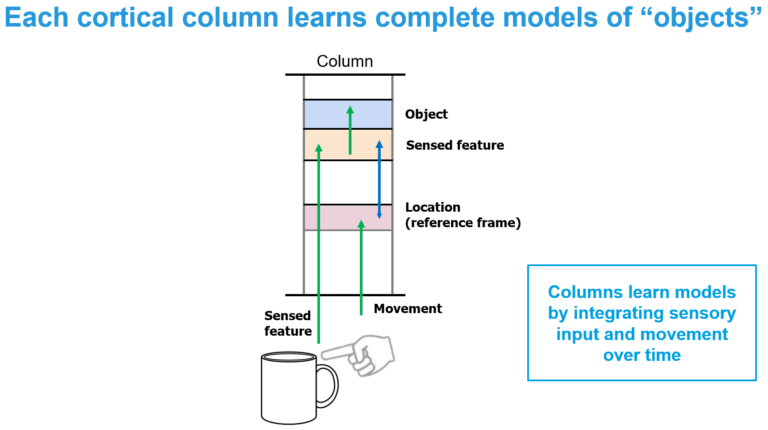
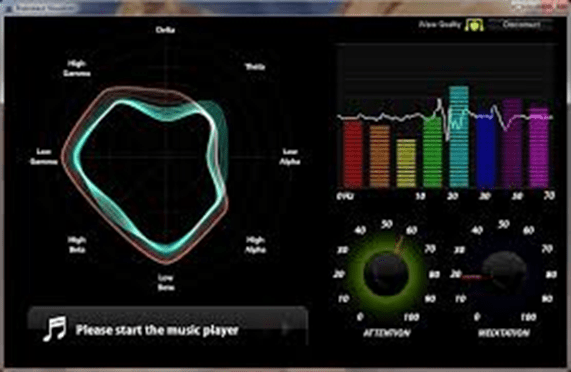
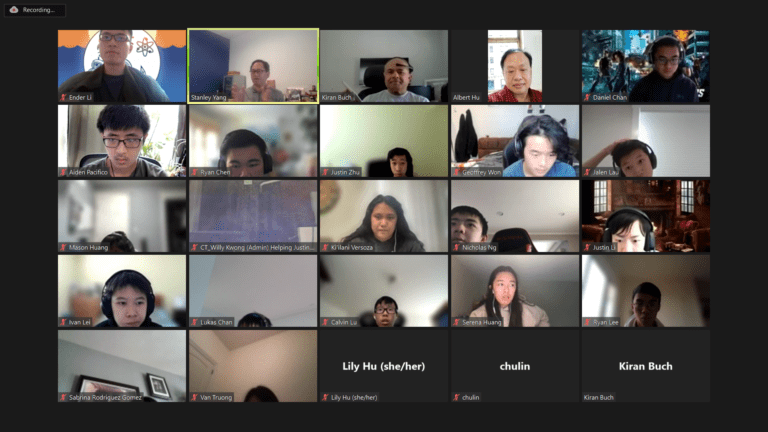
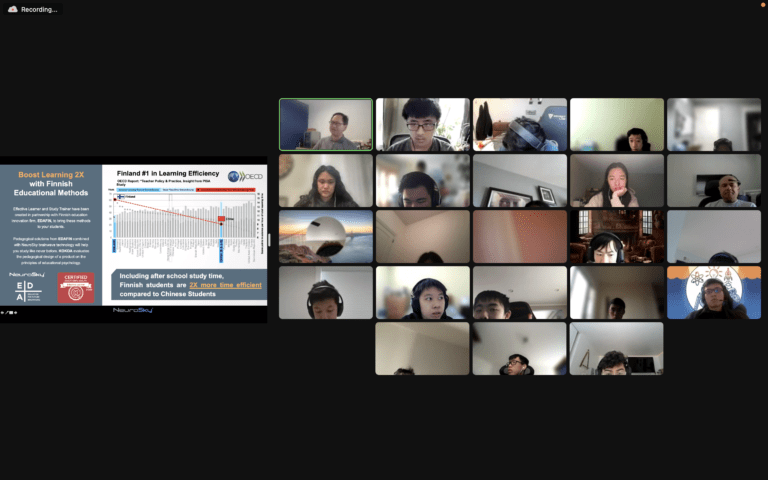
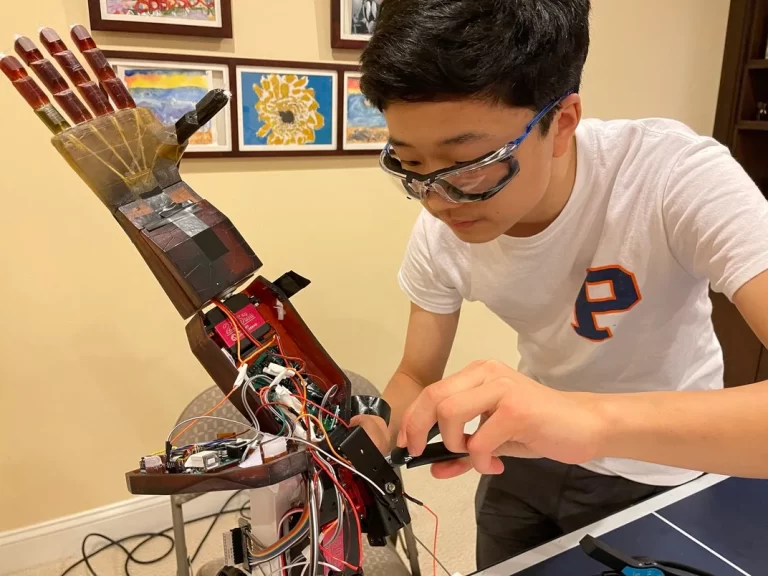
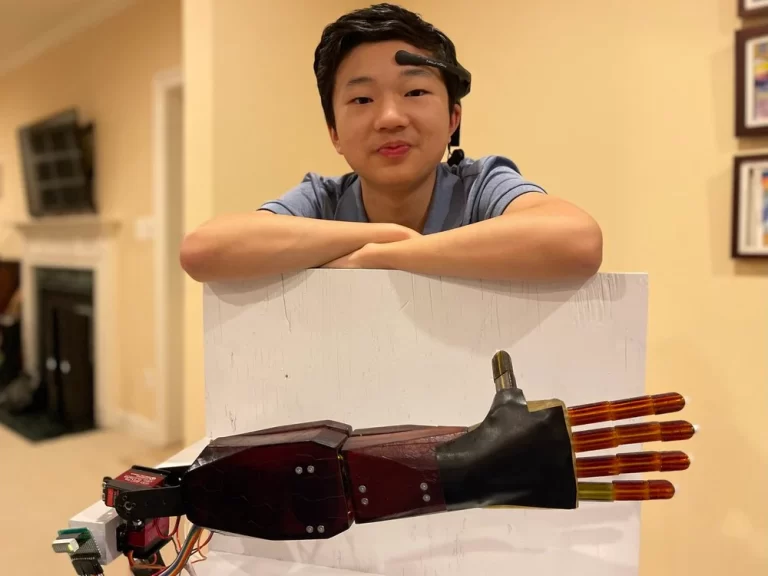
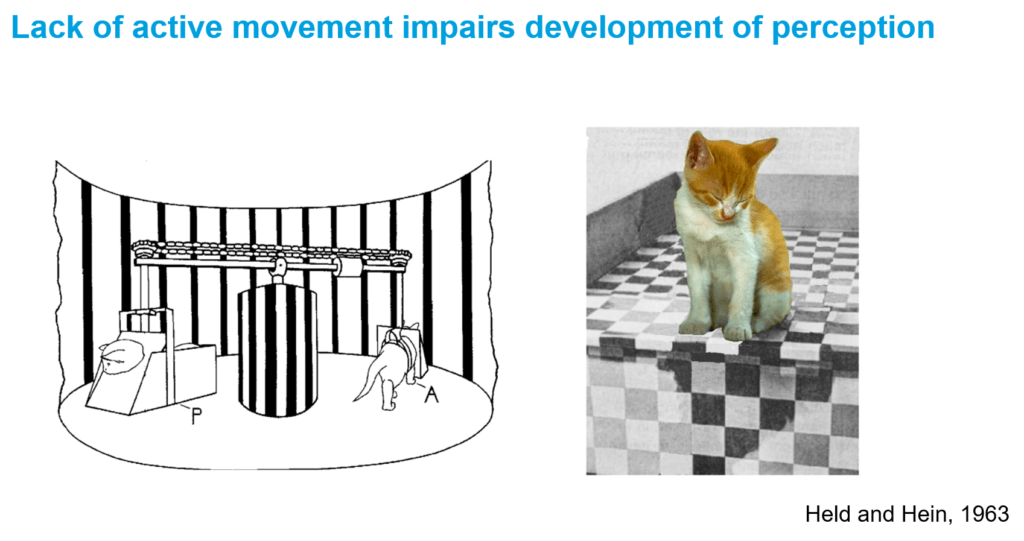
Dr. Ariza Sloan, her technique demonstrated that the “birth” of agency can be quantified as a “eureka-like,” pattern-changing phase transition within a dynamical system that spans the baby, the brain, and the environment. The system switches from a less correlated state to a state where both movements of the mobile and the tethered limb are highly coordinated as the infant discovers its functional connection to the mobile.
